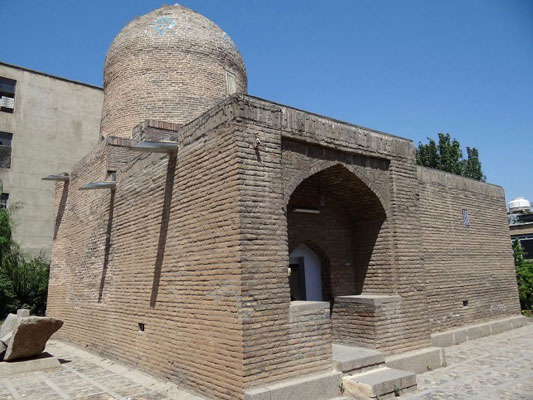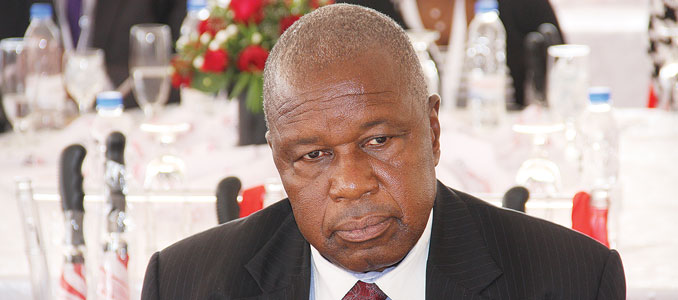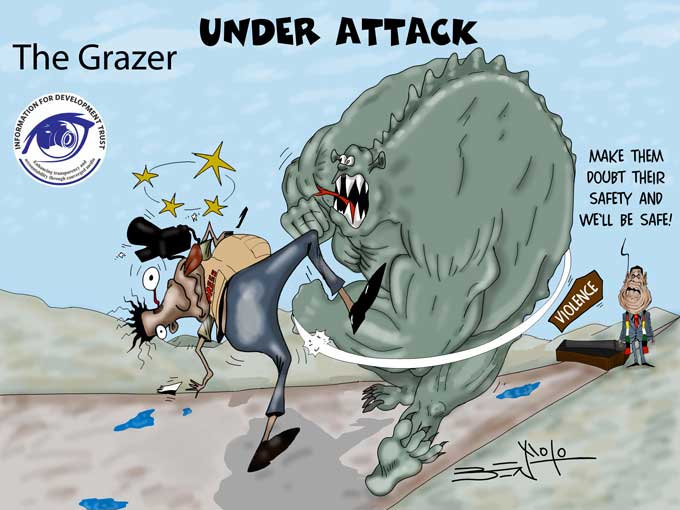
Hebrew scriptures:with BENJAMIN LEON
Iranian authorities allegedly threatened to destroy the historic tomb of Esther and Mordechai in the city of Hamedan, and convert the site to “a consular office for Palestine”, according to ARAM, the Alliance for Rights of All Minorities in Iran.
The organisation said last week in a statement posted on Twitter, “members of the Iranian Basij attempted to raid the historic site in an act of revenge against the Israeli-Palestinian peace plan by President Trump.”
There is no way to independently confirm the report, but if it is true, it would not be the first time the site has been threatened.
Past threats to the tomb The mausoleum of the Biblical Esther, Queen of Xerxes I, and her cousin Mordechai, is the most important Jewish pilgrimage site in Iran. The tomb is visited by numerous people every year as Iran remains home to the largest Middle East Jewish community after Israel.
The tomb was added by Iran to its National Heritage List on December 9, 2008, where it was to be under official government protection and responsibility. But that didn’t last long.
In December 2010, a group of Islamists threatened to destroy the tomb claiming there were fears Israel might damage the Al Aqsa mosque on the Temple Mount in Jerusalem, according a report by Iran’s Mehr news agency.
“Muslims, beware they have started the destruction of Al-Aqsa mosque while their second sacred site in Iran, the Esther and Mordecai tomb, is at peace and no Muslims make a sound,” the protesters were quoted as saying by the agency at that time. “We, the student basijis (armed forces)… warn Zionist regime leaders if they assault the Al-Aqsa mosque in any way we will destroy the tomb of these lowly murderers.”
- Chamisa under fire over US$120K donation
- Mavhunga puts DeMbare into Chibuku quarterfinals
- Pension funds bet on Cabora Bassa oilfields
- Councils defy govt fire tender directive
Keep Reading
Those who threatened to destroy the tomb were Basij members from the Abu Ali Sina University. (The Basij [Persian for mobilisation] is a large paramilitary organisation acting as the eyes and ears of the Islamic regime in schools, universities, state and private institutions, factories and among ethnic tribes throughout the country.)
Less than a year later, in September 2011, Iranian authorities downgraded the status of the shrine, removing an official sign at the mausoleum that declared it to be an official pilgrimage site.
Iran also took the opportunity to officially blame Esther and Mordechai for the “massacre” of tens of thousands of “Iranians” even though the Islamic Republic of Iran was far from being formed at that point.
The Iranian FARS news agency said in a statement that Iran had chosen to ignore for the time being “the responsibility of Esther and Mordechai for the massacre of 75 000 Iranians, which the Jews celebrate at Purim”.
Threats but probably no destruction yet According to a report by the Iran Christian News Agency dated February 7, “The Council for the Exploration of Student Mobilisation of Hamadan Universities said in a statement to the United States, Israel and the Arab countries in the region that they will turn the tomb into a Palestinian Consulate if any action is taken.”
The statement was made “in retaliation for the unveiling of the Palestinian-Israeli peace plan” dubbed the “Deal of the Century,” described by the Basij as a “vicious act of treachery,” threatening, “You will no longer find the tomb of Esther and Mordecai in the land of Hamadan.”
According to the report, Ali Malmir, director-general of the Cultural Heritage and Tourism of Hamadan province, told ISNA th e statement showed a lack of awareness: “This shrine is nationally registered and has no affiliation with the issue of the Palestinian consulate, or anything elsewhere,” he said.
The invasion and destruction of sacred and ancient sites of religious minorities in Iran, especially those of Christians and Jews, has a long history, according to Mohabat News, an agency that appears to be affiliated with minority groups.
— Jewishpress.com










